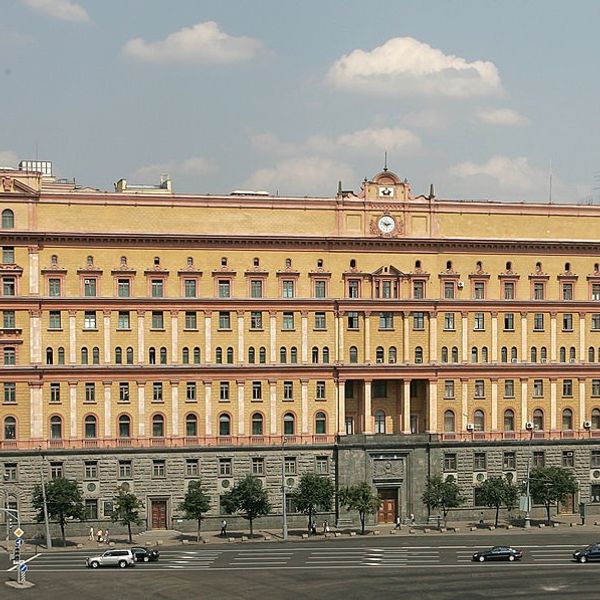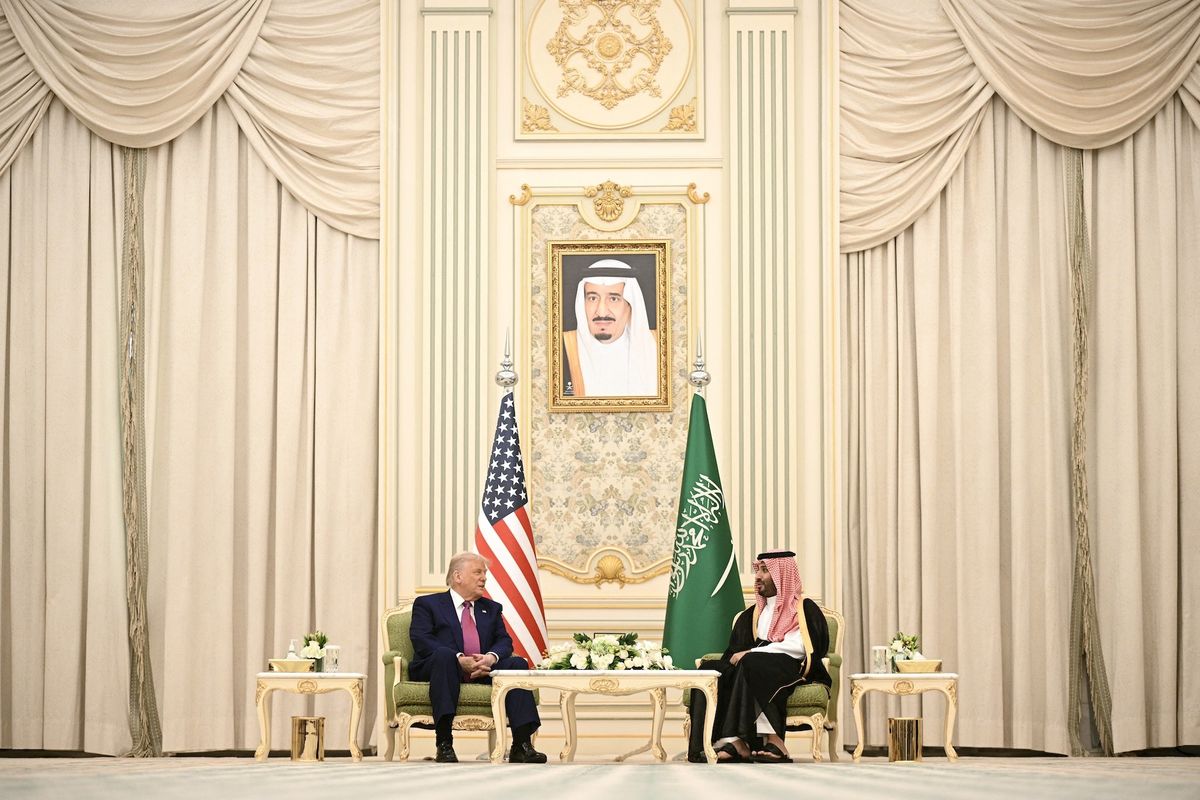OPINION — US Government officials, civilian and military, alike may be facing unusual tests in the next four months: Does their loyalty rest with the oath they took to support and defend the Constitution of the United States against all enemies, foreign and domestic, or to President Trump?
Maybe those officials should look no further than last week to see what that test could look like. Let’s consider whether the Trump Justice Department used Director of National Intelligence John C. Ratcliffe and Gen. Paul Nakasone, Director of the National Security Agency and Commander of U.S. Cyber Command, as props for last week’s, last-minute, legal effort to prevent the publication of former National Security Adviser John Bolton’s tell-all book, The Room Where It Happened.
Both Ratcliffe and Nakasone signed affidavits on June 17, that were used as exhibits in DOJ’s motion, filed later that same day, as part of an unsuccessful motion for a temporary order blocking the release of Bolton’s book.
Both men were used as experts for Justice’s successful claim that classified information that could harm national security remained in Bolton’s book. “The conclusion that the draft still contains classified information is shared by Mr. Ratcliffe…and Gen. Nakasone… Mr. Bolton’s decision nevertheless to proceed with the publication of a book containing such material is a breach of his contractual and fiduciary duties,” Justice said in its June 17 motion.
In addition, Justice also submitted to Federal District Judge Royce Lamberth, classified declarations from Ratcliffe and Nakasone for ex parte review in camera. That sealed Justice filing also included six examples of alleged classified passages requiring protection. On June 19, Lamberth held a closed hearing to review those declarations and the alleged classified materials.
On June 20, Lamberth ruled, “Defendant Bolton likely jeopardized national security by disclosing classified information in violation of his nondisclosure agreement obligations.”
A close reading of the Ratcliffe and Nakasone public affidavits raises questions about how those affidavits and perhaps the classified declarations were put together and what they actually mean.
Newly-sworn in DNI Ratcliffe, a former Republican congressman from Texas and Trump loyalist, claimed in his affidavit that he had “reviewed what I understand to be the draft manuscript by John Bolton as modified by the Author during the pre-publication review process by the National Security Council (NSC).”
That would literally mean Ratcliffe had at least “reviewed,” on his own, the 577-page manuscript for classified material. However, Ratcliffe, in his affidavit, then said he had reviewed “selected excerpts” shown to him by NSC Senior Director for Intelligence Programs Michael Ellis. Ratcliffe also wrote that he also reviewed Ellis’ own “classified declaration,” which claimed there was classified information still in the manuscript.
Ellis, a former staffer for Rep. Devin Nunes (R-Calif.), was the NSC person chosen on May 1 by current National Security Adviser Robert O’Brien to carry out a new security review of the manuscript. That was four days after Ellen Knight, NSC senior director for records access and information security management, had told Bolton the manuscript draft “did not contain classified information,” following completion of her four-month process of review and editorial changes.
The Justice June 17, motion says, “John L. Ratcliff, the Director of National Intelligence, has concluded ‘that the[] passages of the manuscript’ reviewed by Mr. Ellis ‘contain classified national security information’ and ‘if made public, will damage national security.’” That quote came from the DNI’s classified declaration, and not from his public affidavit.
In his public affidavit, Ratcliffe said, the classified material he identified “could reveal, [emphasis added] in some instances, the limits and in some instances the capabilities of U.S. intelligence collection and would cause irreparable damage to national security.”
Note the hedging words, “could reveal, in some instances.” (emphasis added)
Based on the public record, apparently all Ratcliffe may have done was to review Ellis’ classified declaration, rather than do his own review of the material in the book manuscript.
Nakasone, in his public affidavit, said he too, had reviewed “a limited portion of the…draft manuscript,” at the request of National Security Council Legal Advisor [John Eisenberg]. Nakasone wrote that he had “identified classified information in that portion of the manuscript.” He said disclosure of that information “reasonably could be expected to result in exceptionally grave damage to the national security of the United States.”
Nakasone wrote in his affidavit that compromise of the “identified classified information in that portion of the manuscript…could result in the permanent loss of a valuable [signals intelligence] source and cause irreparable damage to the U.S. [signals intelligence] system.”
Nakasone went on to say “a portion of the manuscript implicates [emphasis added] sensitive information at the TOP Secret/Sensitive and Compartmented Information (SCI) level.” Implicates is an odd word to use and, like Harvard Law Professor Jack Goldsmith, I wonder what is the distinction between information that is SCI and information that “implicates” SCI?
As Goldsmith has pointed out, after a four-month, iterative review process, “Knight concluded that the revised manuscript draft didn’t contain any classified information at all—let alone any SCI.”
It should be noted that during the June 19, public hearing before Judge Lamberth, Deputy Assistant Attorney General David M. Morrell said only one of the six alleged samples of classified information he said he found remaining in Bolton’s book was at the TOP SECRET/SCI level.
Judge Lamberth concluded his opinion by saying Bolton “has exposed his country to harm and himself to civil (and potentially criminal) liability.” It will be interesting to see if the Trump Justice Department moves against him. Such a step would allow Bolton’s legal team to seek discovery and take depositions under oath from Ratcliffe, Nakasone and others, in order to reconstruct how the determination was made that alleged classified information remained in Bolton’s published book.
In a broader sense, this episode shows how Trump and his administration have in many ways dragged individual government officials and employees into potentially questionable activities.
That’s something that Defense Secretary Mark Esper and Joint Chiefs Chairman Gen. Mark Milley may know something about. Both were seemingly used as props in Trump’s political photo op in Lafayette Park on June 1. Both men later apologized and explained their actions to Defense Department employees and the public. So, the question is, did they pass the test?
Read more expert-driven national security insights in The Cipher Brief













